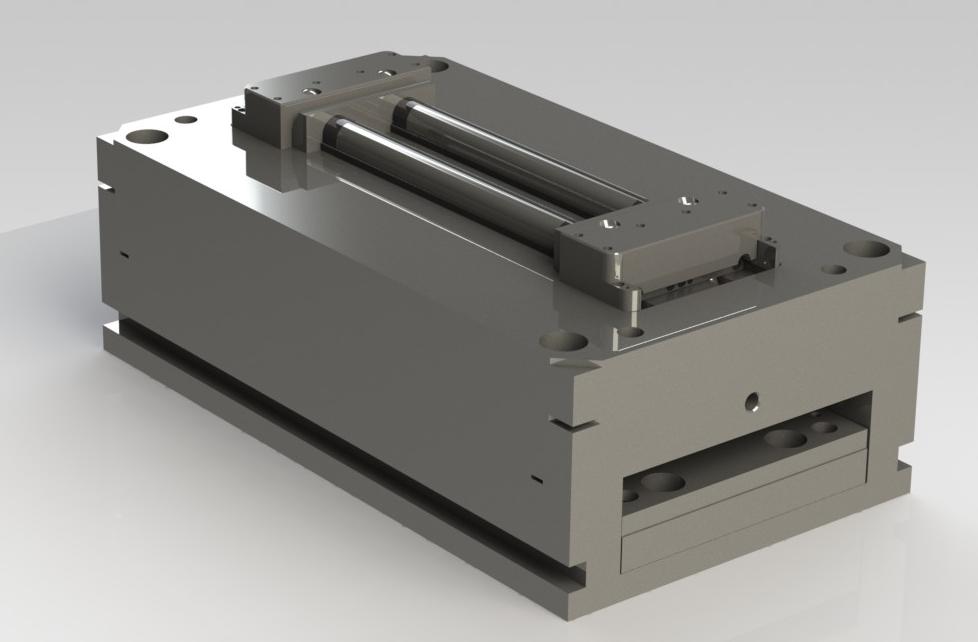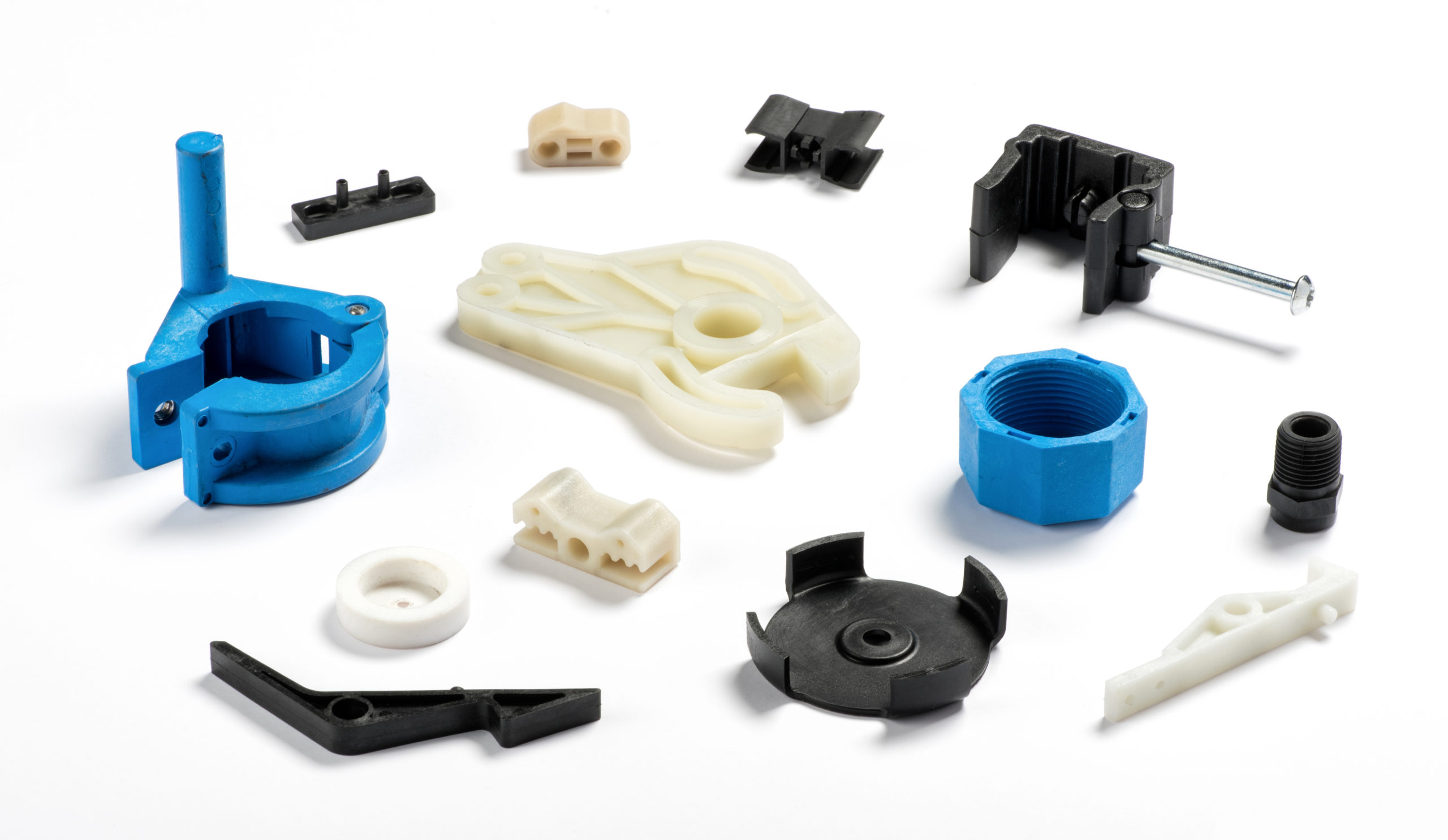The Future of Plastic Shot Molding: Technologies and fads to Watch
As the plastic injection molding sector progresses, several crucial trends are emerging that guarantee to improve its landscape. Automation and clever manufacturing techniques are established to boost efficiency, while the change in the direction of lasting products reflects an expanding environmental awareness. Additionally, improvements in 3D printing are leading the method for unmatched layout flexibility. Nonetheless, these advancements also produce difficulties that call for mindful factor to consider. Comprehending how these components will certainly communicate and influence future practices is vital for stakeholders looking to navigate this transformative duration successfully.
Automation and Smart Manufacturing
As the plastic injection molding market develops, automation and clever manufacturing are taking spotlight, reinventing production processes - Plastic Injection Molding. The assimilation of advanced modern technologies such as robotics, IoT (Web of Things), and expert system is making it possible for manufacturers to boost efficiency, reduce operational expenses, and boost product top quality. Automated systems improve operations, lessening hands-on treatment and enhancing throughput, which is essential in meeting the rising need for quick manufacturing cycles
Smart producing technologies help with real-time surveillance and data analysis, allowing companies to optimize maker performance and predict upkeep requirements. This aggressive method not just reduces downtime yet additionally prolongs the life expectancy of tools. The usage of collaborative robotics, or cobots, improves the adaptability of production lines, making it possible for machines and workers to run side by side securely and successfully.
The fostering of automation in plastic shot molding is not simply a pattern yet a critical necessary for organizations aiming to stay affordable in an international market. By using these technologies, suppliers can achieve greater precision, lower waste, and adapt swiftly to changing customer needs, placing themselves for lasting development in a significantly automated future.
Sustainable Products and Practices
The push in the direction of automation and clever production has actually led the way for a higher focus on lasting products and techniques within the plastic injection molding industry. Companies are increasingly looking for environmentally friendly alternatives to standard petroleum-based plastics, resulting in the fostering of bio-based and recycled materials. These sustainable materials not just minimize ecological effect yet likewise line up with consumer demand for greener products.

Additionally, collaboration in between manufacturers, product vendors, and ecological companies is cultivating technology in the development of sustainable materials that meet efficiency standards without jeopardizing quality. As regulations around plastic usage come to be stricter, the sector is poised to adapt by welcoming these sustainable approaches, ensuring long-term practicality and reducing reliance on non-renewable sources. The assimilation of sustainability into plastic shot molding is not merely a fad; it is becoming a crucial element of business responsibility and functional quality.
Advances in 3D Printing
Current developments in 3D printing innovation are dramatically changing the landscape of plastic shot molding. The combination of additive manufacturing processes allows for the quick prototyping of complicated geometries that were once challenging or impossible to attain through typical techniques - Plastic Injection Molding. This ability not just increases product advancement cycles yet also minimizes product waste, lining up with the expanding demand for sustainable manufacturing techniques
Moreover, the appearance of crossbreed manufacturing methods, which integrate 3D printing and injection molding, offers makers the capacity to develop intricate designs while maintaining the efficiency of mass production. This strategy allows the manufacturing of tailored components tailored to details consumer demands without giving up the speed and scalability that shot molding provides.
Additionally, developments in products, such as high-performance polymers and composites particularly developed for 3D printing, are boosting the useful capacities of printed components. These materials can withstand greater stress and exhibit boosted thermal residential or commercial properties, making them ideal for more demanding applications.
As 3D printing remains to advance, its assimilation right into plastic shot molding procedures assures to boost productivity, minimize prices, and foster technology in item design, positioning manufacturers to much better satisfy the challenges of an article source open market.
Information Analytics and IoT Assimilation
Information analytics and the combination of the Net of Points (IoT) are reinventing plastic shot molding by supplying makers with extraordinary insights into their operations. By leveraging real-time information collected from interconnected equipments and sensing units, suppliers can monitor performance metrics, determine ineffectiveness, and optimize manufacturing procedures. This data-driven strategy helps with predictive maintenance, decreasing downtime and extending tools lifespan.
In addition, IoT integration permits improved quality assurance. By continually tracking variables such as stress, cycle, and temperature times, producers can swiftly discover discrepancies from established criteria and make modifications in genuine time. This not only improves item consistency but also lowers waste and scrap prices.
The combination of data analytics and IoT technologies also equips suppliers to take on even more active production strategies. With accessibility to thorough information analytics, companies can respond to market needs with greater flexibility, readjusting production schedules and setups as needed. This flexibility is important in a swiftly altering manufacturing landscape.

Personalization and Layout Versatility
Exactly how can customization and design adaptability boost the competitiveness of plastic shot molding? In a progressively diverse market, the capability to offer tailored options is extremely More Bonuses important. Customization enables manufacturers to meet specific client demands, fitting special dimensions, shapes, and functionalities that typical items might not fulfill. This flexibility not only fosters client commitment but also opens up methods for brand-new service possibilities across various sectors, from vehicle to durable goods.
Innovations in style technologies, such as computer-aided layout (CAD) and rapid prototyping, further strengthen this fad. These tools enable developers to develop intricate geometries and intricate patterns, which can be perfectly incorporated into the production process. Therefore, suppliers can respond swiftly to altering webpage customer preferences and market demands.
Moreover, the application of modular tooling systems improves design adaptability, permitting for quicker modifications in between different item designs without extensive downtime. This adaptability can lead to minimized preparations and reduced production prices, making business a lot more competitive and agile. Eventually, embracing modification and layout adaptability in plastic shot molding not just elevates item offerings yet additionally enhances market positioning in an ever-evolving landscape.
Verdict
The future of plastic shot molding is defined by considerable developments in automation, sustainable practices, and innovative products. The assimilation of IoT and data analytics will certainly improve functional efficiency and anticipating upkeep. Moreover, the adoption of recycled and bio-based products, along with progression in 3D printing, will foster sustainability within the industry. Customization via modular tooling and fast prototyping will allow manufacturers to remain responsive and competitive to the dynamic demands of the marketplace.

The future of plastic shot molding is characterized by significant improvements in automation, sustainable methods, and cutting-edge materials.
Comments on “Enhancing Item Advancement with Advanced Plastic Injection Molding Solutions”